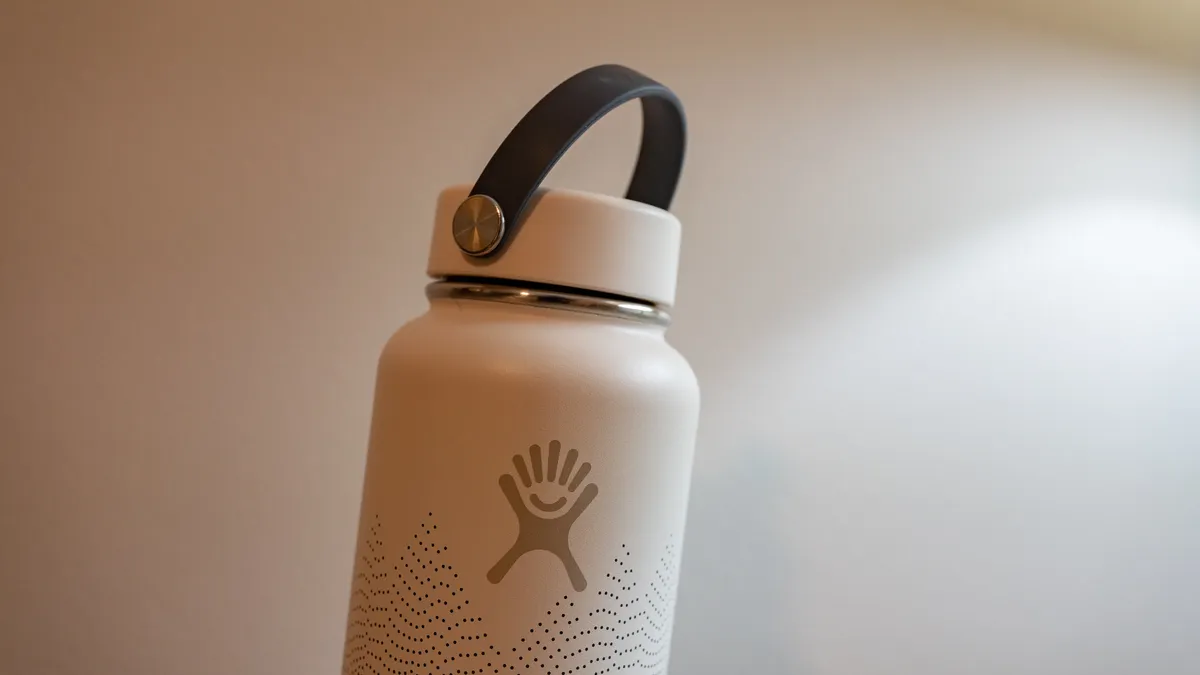Dive Brief:
- Helen of Troy is reducing its purchase orders in response to its major retail customers trimming their gluts in inventory, CEO Julien Mininburg said on the consumer products company's July earnings call.
- The seller of brands like Vicks and Hydro Flask now expects its annual net sales will decline from the year before as its larger customers have scaled back their orders to adjust for inflation-weary consumers. Helen of Troy's top three customers are Amazon, Walmart and Target, per its 10-K.
- "Now that we ourselves are reducing [inventory] and they're reducing theirs, it'll lead for an opportunity to re-normalize for both and it'll be for the benefit of all over time," Mininburg said. "It's just painful on the path from here to there."
Helen of Troy's inventory levels have climbed during the pandemic
Dive Insight:
Carrying more inventory during the COVID-19 pandemic "proved to be a winning strategy" for Helen of Troy, Mininburg said. This allowed it to meet a surge in demand for home and wellness products while reducing its exposure to supply chain disruptions.
Other companies bolstered their inventories for the same reasons, but 2022's inflationary pressures challenged the long-term viability of this strategy. Target is trimming excess stock as it forecasts tighter profit margins. The retailer, which accounted for about 11% of Helen of Troy's net sales revenue in fiscal year 2022, is also canceling orders.
"We were as surprised as I think the customers themselves were about the amount of change in the consumer buying patterns," Mininburg said.
Helen of Troy right-sizing its stock won't happen overnight. The company relies heavily on vendors from Asia — 88% of its finished goods purchases in fiscal year 2022 came from the continent, per its 10-K — and it's seeing lead times as long as nine months for some products.
"You've got this tipping point where demand is falling off sharply, but you have a long lead time of inventory purchases that are either being produced or on the water to you," CFO Matthew Osberg said.
This means the company's inventory levels are likely to climb in Q2 before falling in the second half of the fiscal year, Osberg added. But the company still plans to maintain adequate buffer stock for harder-to-source items.
"When we make those deals for subcomponents through our suppliers or through their suppliers, we're not shy about bringing the right amount of componentry in," Mininburg said.















